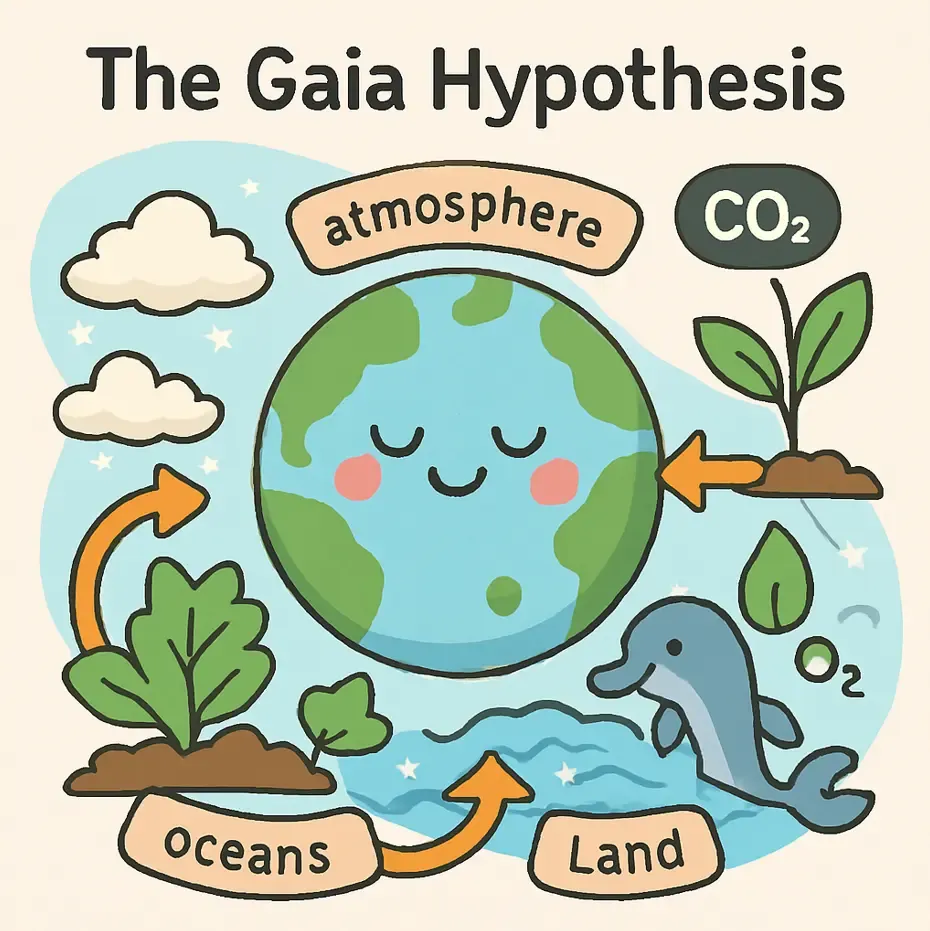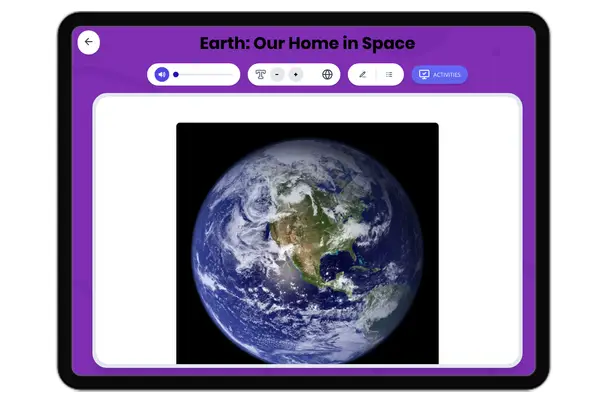The Gaia Hypothesis — Reading Comprehension
Grades
- 5
- 6
- 7
- 8
PRINT+DIGITAL RESOURCE
This learning resource is available in interactive and printable formats. The interactive worksheet can be played online and assigned to students. The Printable PDF version can be downloaded and printed for completion by hand.
About This Reader
The Gaia Hypothesis, proposed by James Lovelock, suggests that Earth functions like a living organism, with all its parts working together to maintain life-supporting conditions. Examples include plants balancing CO₂ and oxygen levels and ocean algae influencing cloud formation. While critics argue it gives Earth a sense of purpose, the hypothesis has inspired environmental movements and policies focused on protecting ecosystems and biodiversity.
Perfect For:
👩🏫 Teachers
- • Reading comprehension practice
- • Auto-graded assessments
- • Literacy skill development
👨👩👧👦 Parents
- • Reading practice at home
- • Comprehension improvement
- • Educational reading time
🏠 Homeschoolers
- • Reading curriculum support
- • Independent reading practice
- • Progress monitoring
Reading Features:
📖
Reading Passage
Engaging fiction or nonfiction text
❓
Comprehension Quiz
Auto-graded questions
📊
Instant Feedback
Immediate results and scoring
📄
Printable Version
Download for offline reading
🔊
Read Aloud
Voice-over with word highlighting






















